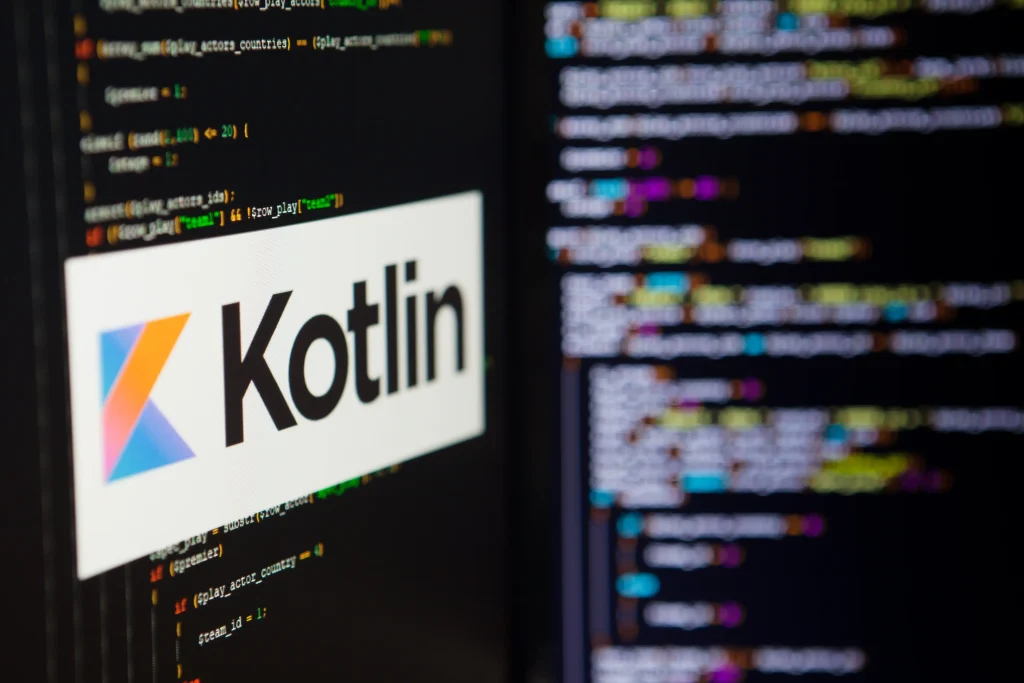Kotlin’s rise from “better Java” to first-class language for Android, Ktor back-ends, cloud functions, and multiplatform apps means the bar for code quality keeps going up. Teams love its concise syntax and powerful type system—but those same features can trip you up if you rush in without a game plan. This deep-dive on Kotlin Best Practices 2025: Write Clean, Safe, and Performant Code shows you exactly how to wrangle null-safety, coroutines, testing, and architecture so your next project sails through code review and into production with zero sleepless nights.
Instead of another laundry list of “don’ts,” you’ll get opinionated guidelines, live code snippets, and real-world tweaks that senior Kotlin devs swear by. Whether you’re upgrading a Java service, crafting Compose screens, or exploring KMP, these tips will help you squeeze every ounce of readability and speed from the language—without sacrificing sanity.
Kotlin Best Practices 2025: Write Clean, Safe, and Performant Code—Make the Compiler Your Pair-Programmer
Leverage Null-Safety Like a Contract
• Prefer val over var—immutability is the cheapest bug insurance
• Replace raw String? flags with sealed classes for explicit state
Example
kotlinCopysealed interface ApiResult<out T>
data class Success<T>(val data: T) : ApiResult<T>
data class Failure(val reason: String) : ApiResult<Nothing>
No more null checks scattered like confetti.
Master Smart Casts and Contracts
Use custom contracts to tell the compiler how your validation functions affect flow control.
kotlinCopy@OptIn(ExperimentalContracts::class)
fun Any?.requireNotNull(): Boolean {
contract { returns(true) implies (this@requireNotNull != null) }
return this != null
}
Now downstream code auto-casts to non-nullable.
Kotlin Best Practices 2025: Write Clean, Safe, and Performant Code—Coroutines Without Tears
Choose the Right Scope
• viewModelScope in Android, lifecycleScope in UI, and CoroutineScope(Dispatchers.IO) for repos keep cancellation clear.
Avoid GlobalScope—it lives forever, memory leaks love it.
Structure Concurrency With Flows
• Favor cold Flow chains for streams; switch to Channel or SharedFlow only when you truly need hot broadcasts.
• Apply stateIn() to convert asynchronous streams into UI state with automatic replay.
Guard Against Structured Concurrency Violations
Child jobs must finish or cancel with parents; launching raw IO in a presenter is so 2019.
Architecture & Modularisation
Feature Modules Over Massive Monoliths
• Split Android and KMP apps by features (:home, :payments) instead of layers (:ui, :domain).
• Use Gradle’s Version Catalog + Kotlin DSL for dependency clarity.
Domain-Driven DTOs
Transform network models to domain objects at the repository layer. Never let raw JSON leak into UI.
Performance & Memory Tricks
Inline Where It Counts
Hot extension functions like forEachFast can save method-call overhead. Mark them inline but beware of binary size in Android builds.
Avoid Reflection
Kotlin’s kClass is handy but slower—switch to code-gen tools (ksp, kapt) or compiler plugins for adapter creation.
Escape Analysis
On JVM 17+ Kotlin benefits from escape analysis; micro-benchmark with JMH to spot heap allocations.

Testing & Tooling
Use kotlin.test for Multiplatform
It unifies JUnit and Native; one assertion style in every target.
MockK Over Mockito—it handles suspend functions and final classes out of the box.
Detekt & Ktlint as Pre-Commit Hooks
Auto-formatting stops team flame-wars.
Compose-Testing on Android
Leverage semantic tags to assert UI state without brittle view IDs.
Security & Build Hygiene
Opt-In to Explicit API Modekotlin.explicitApi=Strict forces visibility decisions early—perfect for library projects.
Enable -Xjvm-default=all
Lets interfaces evolve with default methods, easing version bumps.
Use Gradle Versions Plugin
Stay ahead of CVE patches across kotlinx libraries.
Cross-Platform Reality Check
• Keep shared code business-logic only; platform specifics belong in expect/actual wrappers.
• Remember iOS coroutines need Dispatchers.Main.immediate for smooth UI animations.
• Compose Multiplatform is production-ready—consolidate UI where design parity matters.
Soft Skills That Amplify Kotlin Hard Skills
- Write KDocs like you’re explaining to a future you after three coffees.
- Pair-review junior PRs—teaching reinforces mastery.
- Advocate for 30-minute “Kotlin Friday” demos; culture eats syntax for breakfast.
FAQ
Is Java still needed once the codebase is Kotlin?
Yes—for legacy libs, but new modules should default to Kotlin.
Does Kotlin performance lag behind Java?
No—JVM bytecode is nearly identical; smart compiler options close gaps.
How soon can a beginner write production Kotlin?
With focused practice, three months is realistic.
Do multiplatform projects really save time?
They can—if you isolate shared business logic and avoid platform UI compromise.
Will Kotlin replace Swift on iOS?
Unlikely altogether, but shared code reduces Swift surface area.










